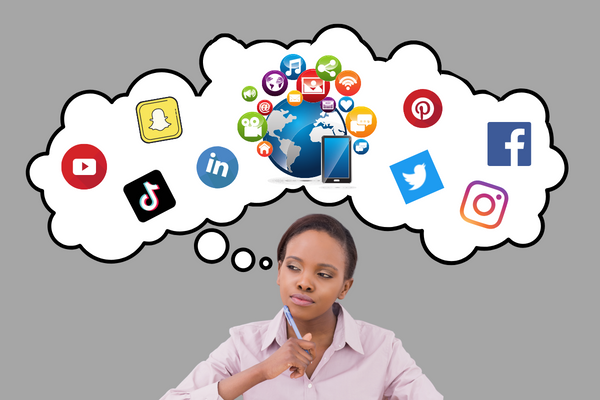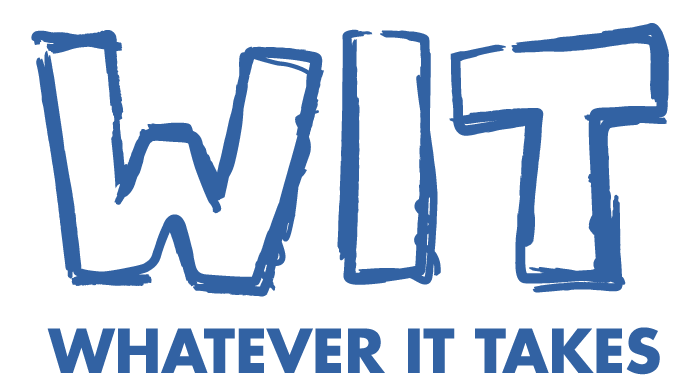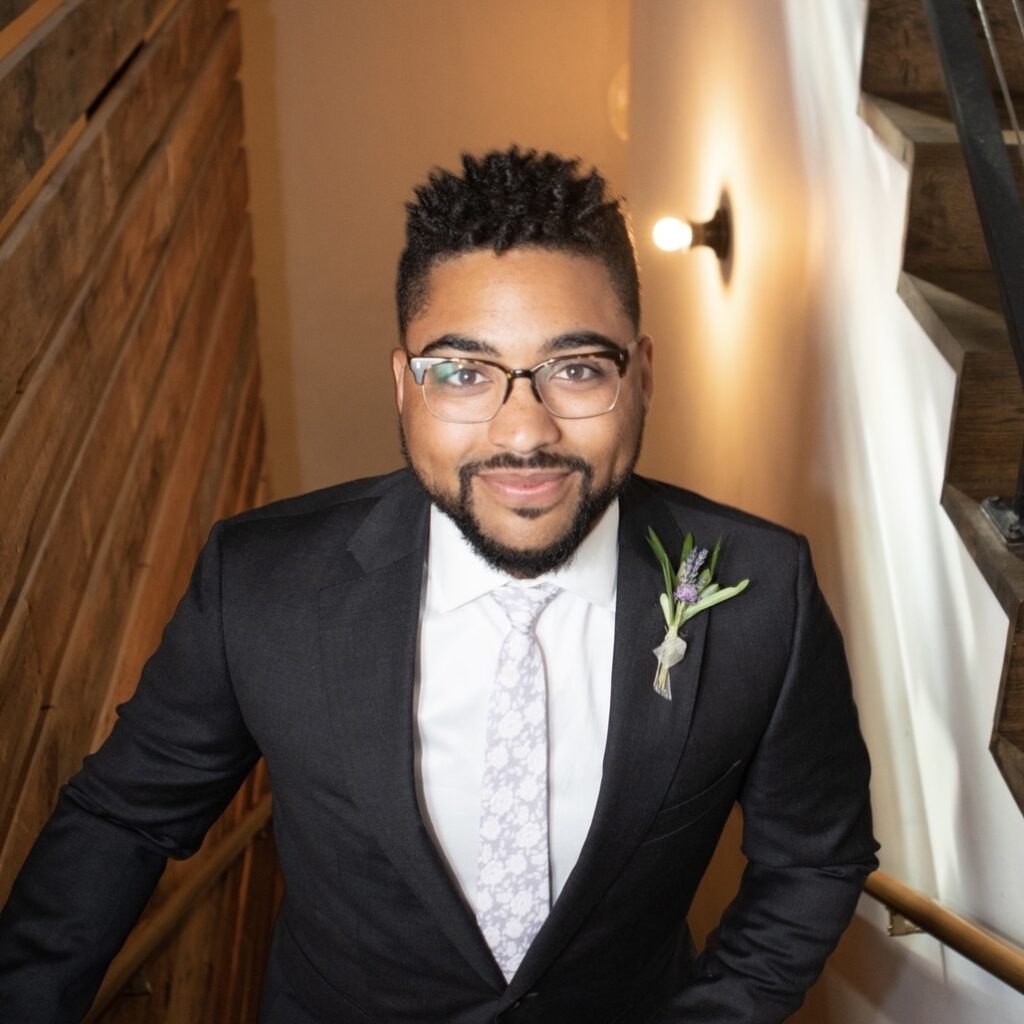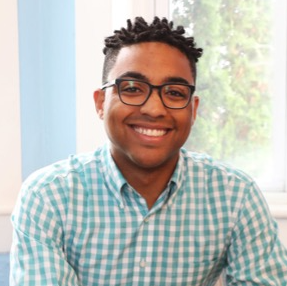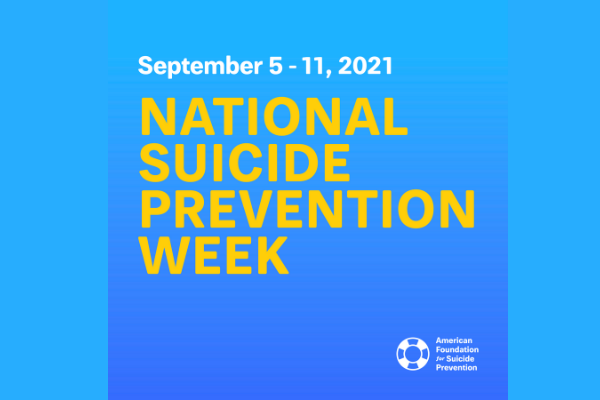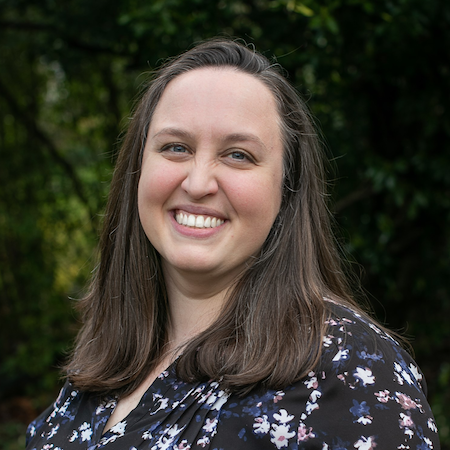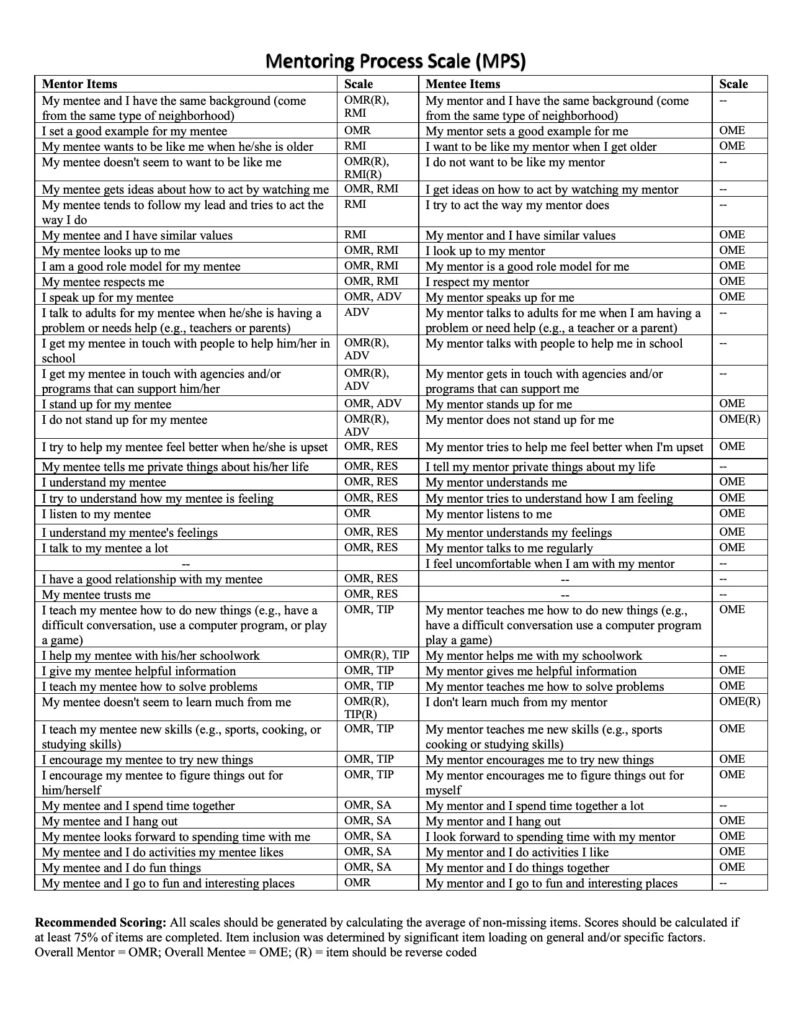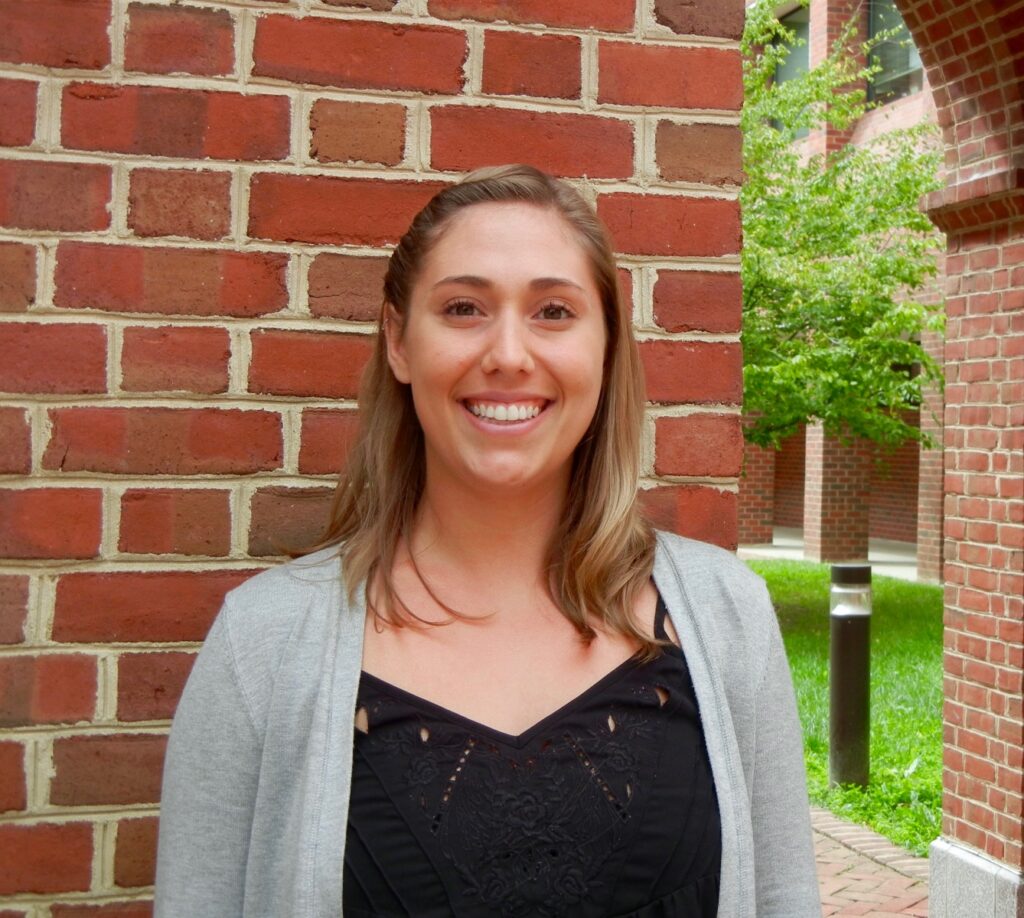By: Dana M. Sox & Helen Min
Highlights:
- Research suggests there is a potential increase in child adversity exposures, or trauma, post-pandemic.
- In general, mentoring relationships may help because they can lead to greater self-esteem, stronger connections to school, peers, and family, lower levels of depression, and less involvement in bullying and fighting (January is Mentoring Month).
- Mentoring relationships involving children with past traumatic experiences need to be trauma-informed and last for at least a year.
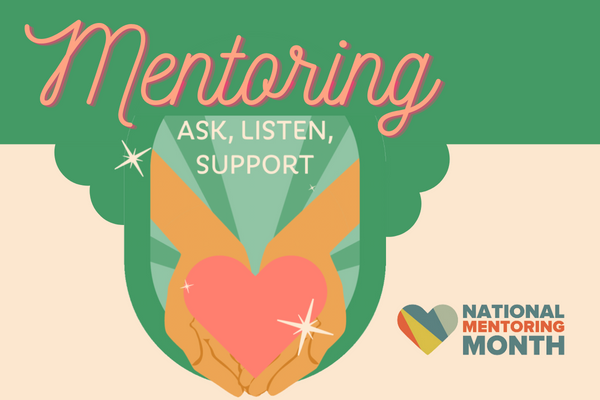
On the heels of the COVID-19 pandemic, many have begun to focus on the pediatric mental health crisis. According to researchers, this crisis has been years in the making but was exacerbated by stressors related to the pandemic1. One primary concern within the pediatric mental health crisis is child traumatic experiences.
Defining & Measuring Traumatic Experiences
Many definitions describe traumatic experiences, but the Substance Abuse and Mental Health Services Administration (SAMHSA) definition is the most inclusive and outlines how traumatic experiences can impact an individual. The SAMHSA defines individual trauma as resulting “from an event, series of events, or set of circumstances that is expressed by an individual as physically or emotionally harmful or life-threatening and that has lasting adverse effects on the individual’s functioning mental, physical, social, emotional, or spiritual well-being.”2 Children with traumatic experiences are more likely to disengage from school3, repeat a grade4, drop out of school5, be involved in the juvenile justice system6, and have a decreased IQ and reading achievement7.
A common tool for measuring traumatic experiences, used by trained professionals, is the ACE (adverse childhood experience) questionnaire8, which scores an individual on the number of different adverse experiences an individual has during childhood. These experiences are based on two categories:
- Abuse (i.e., psychological, physical, or sexual), and
- Household dysfunction (i.e., substance abuse, mental illness, mother’s abuse, criminal behavior in the household).
Here are some additional resources if you are interested in learning more about the ACE questionnaire and childhood traumatic experiences.
- TEDMED Talk: How childhood trauma affects health across a lifetime
- Adverse Childhood Experiences (ACEs)-The Burke Foundation
- ACEs & Toxic Stress: How ACEs Affect Health
- The Deepest Well: Healing the Long-Term Effects of Childhood Adversity
Increases in Trauma Experiences & How Mentoring Can Help
In 2019, before the pandemic, the Child and Adolescent Health Measurement Initiative found that approximately one in five children had at least one ACE9. A post-pandemic study of high school students found that 73.1% of participants reported at least one ACE during the COVID-19 pandemic10. This large number of child adversity exposures calls for mechanisms that can support children with traumatic experiences.
One such mechanism is mentoring. Mentored students have been shown to have higher levels of self-esteem, a more positive and stronger connection to school, peers, and family, lower levels of depression, and less involvement in bullying and fighting11,12.
Through the consistent support of a nurturing mentor, an individual with past trauma could begin to see themselves more positively and may begin to realize that positive relationships are possible.
However, not all mentoring relationships are equally effective. The length of the mentoring relationship is very important. Specifically, mentoring relationships that last longer than one year are most effective for all children regardless of their background and previous experiences13,14. However, children with a high ACE score are more likely to have a mentoring relationship end prematurely15,16. Mentoring children with traumatic experiences can be challenging, and mentors can feel ill-equipped to handle these challenges without proper training and support. Trauma-informed training for mentors could mitigate these challenges and better support mentoring relationships.
Trauma-informed programs are meant to serve all individuals by acknowledging the impact of trauma, recognizing the signs and symptoms of trauma, and responding to trauma using trauma-sensitive practices and policies while actively seeking to avoid re-traumatization2. Developing a trauma-informed mentorship program could help support mentoring relationships and lead to fewer premature relationship closures.
Other Forms of Mentoring
Natural occurring mentoring relationships are formed organically within a child’s preexisting community. Some examples of natural mentors are family members, teachers, coaches, and neighbors. Naturally formed mentoring relationships have been associated with positive social, emotional, and academic development in children17. These naturally formed relationships also tend to last longer18,19. Still, these mentoring relationships often lack formal training. As a teacher, I was a natural mentor to a variety of students with different experiences, challenges, and needs. This proved challenging not only because it was an additional role, but because I was not trained in trauma-informed practices or mentoring strategies. I often felt like I was doing my best while wondering if my best was enough. Trauma-informed training could be offered to a wider audience to help support individuals in these non-traditional mentoring roles, thereby supporting more adults and students alike. If you are interested in learning more about trauma-informed practices, here are a few educator resources:
- Teaching in a Trauma-Sensitive Classroom: What Educators Can Do to Support Students
- Helping Traumatized Children Learn
- The Trauma-Sensitive Classroom
- Adverse Childhood Experiences (ACEs): Translation into Action in K12 Education Settings
Peer mentoring also supports children with traumatic experiences. A recent study found that older children with traumatic experiences were eager and willing to mentor peers with traumatic experiences20. These relationships benefited both the mentor and mentee by providing opportunities for each pair to rewrite their story and construct a more positive self-identity. Allowing peers to mentor one another could be a very effective mentoring strategy, particularly for communities with limited resources and access to formal mentoring programs. However, before implementing a peer mentoring program, it is important to acknowledge that these student mentors must be intentionally supported and protected. The following are some recommendations for how to support your student mentors:
- Become trained on how to train students for peer mentoring programs.
- Develop a student mentor training process that is trauma-informed.
- Make sure students are interested in acting as peer mentors. Just because a student has exposure to a traumatic experience does not mean they will always want to support another student through mentoring.
- Learn how to identify signs of retraumatization and work to not retrigger students.
- Make sure adult supervision is always present.
More investigation is needed to determine the most successful conditions, but trauma-informed mentoring relationships (i.e., formal, natural, peer-to-peer) could be a strong mechanism for supporting children with traumatic experiences. Additionally, several factors can buffer against the negative consequences of ACEs and bolster resilience. The following are some resources that detail these factors:
- Remaking Middle School’s Lessons in Adolescence Podcast: Lessons with Dr. Colleen Cicchetti & Caryn Curry Part 1 & Part 2
- How to Build Buffers Against ACEs and Their Consequences
If you have any comments or questions about this post, please email Youth-Nex@virginia.edu. Please visit the Youth-Nex Homepage for up to date information about the work happening at the center.
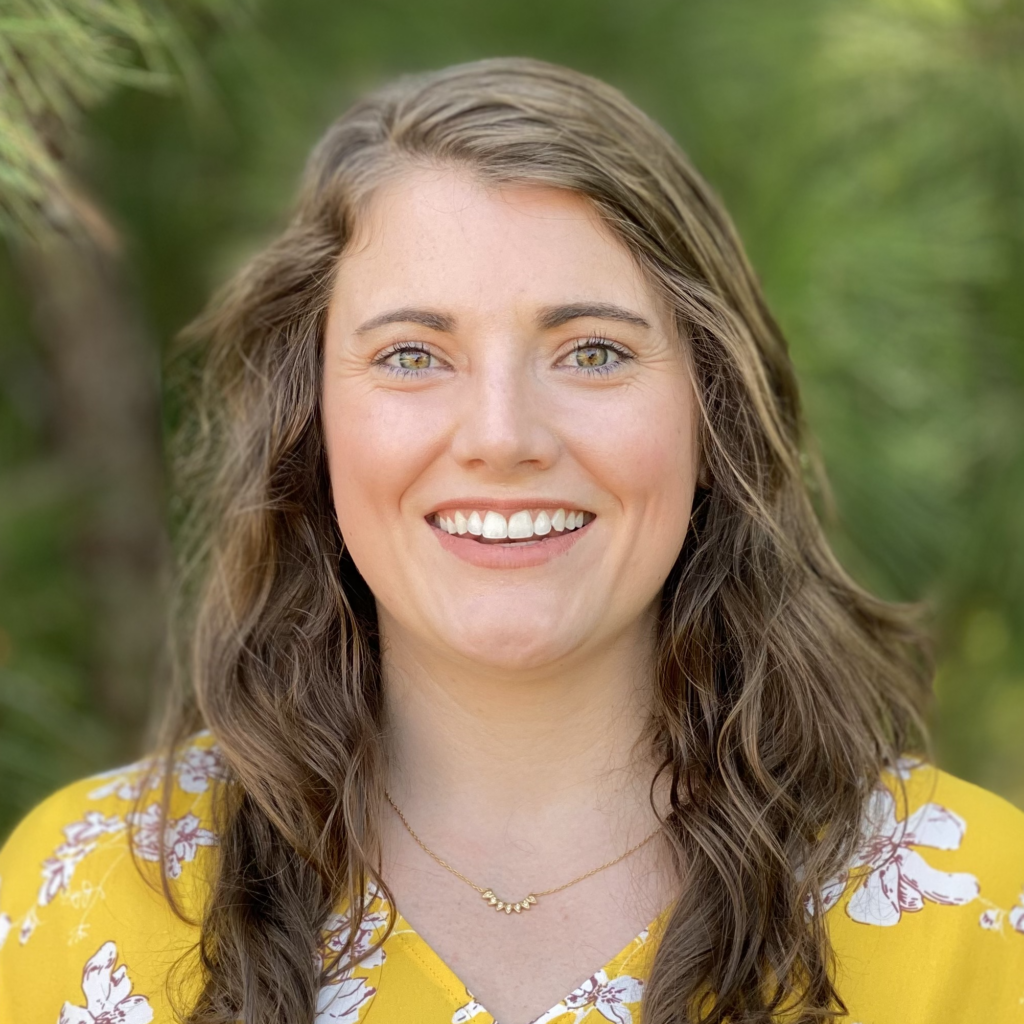
Author Bio: Dana M. Sox is a graduate student in the Educational Psychology and Applied Developmental Science Ph.D. Program at the University of Virginia. Before beginning her studies, she was a high school educator for six years. Her research interests are in mechanisms that help support students with traumatic experiences and the adults that interact with these students (e.g., teachers, coaches, after-school educators, mentors, etc.). Dana hopes that this research will have a broader impact on students, educators, families, and communities.
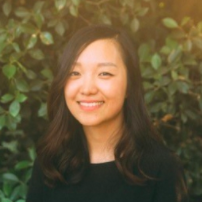
Author Bio: Helen Min is a Ph.D. candidate and Dean’s Fellow in Curriculum and Instruction at the University of Virginia School of Education and Human Development (UVA) with a research focus on evaluating trauma-sensitive pedagogy, understanding the impact of stress on teacher well-being, and assessing the extent of vicarious trauma on teachers. She is the recipient of several grants for her research and service at UVA, including Dean’s Research and Development Fund Innovative, Developmental, Exploratory Awards (IDEA), Office of Diversity, Equity, and Inclusion (DEI) Small Grant, and Inclusive Excellence Grant. Before starting her Ph.D. program, she taught for six years in Baltimore, MD, Osaka, Japan, and Cairo, Egypt. She received her B.A. from the University of California Davis and her M.S.Ed. from Johns Hopkins University.
